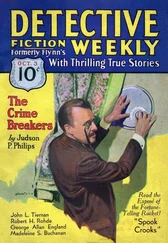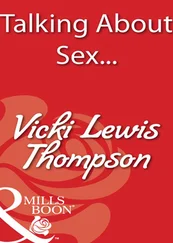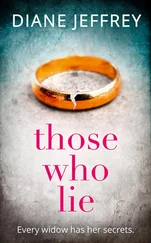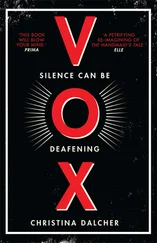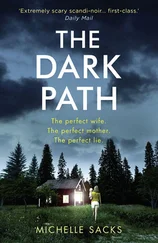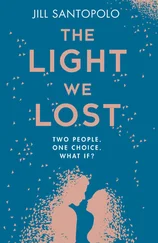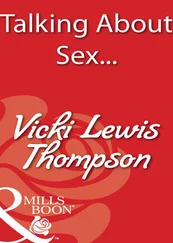Just at present… the fashion in detective fiction is to have characters credible and lively; not conventional but, on the other hand, not too profoundly studied-people who live more or less on the Punch level of emotion.
It seems a little unjust to classify Agatha Christie’s characters as being on the Punch level. She is more than that. She may draw them in clear outline with none of the ambiguities of shading, but she gives us enough to enable us to feel that we know them. But do we? Are they, like the material clues, intended to deceive?
Rereading a selection of her stories to affirm or modify my existing prejudices I found some had lost even their ability to keep me reading. Others surprised me by being both better written and more ingeniously puzzling than I had remembered, among them one published in 1950, A Murder Is Announced . For me, this story demonstrates both her strength and her weakness. Here we have the usual village setting, Chipping Cleghorn, and a cast of characters typical of Christie-land, but the setting is described with more realism than in the later books, and a keener eye to the economic changes and social nuances brought about by the difficult post-war years. As usual with Christie the dialogue is particularly effective, but here it is used not merely to reveal character but to contain vital clues, one of which even the most careful reader would probably miss. The people are drawn with economy but with more subtlety than usual, and both the motive for the murders and the solution to the mystery derive directly from the characters, their unchangeable past and living present. This ability to fuse character with clues is one of the marks of a good detective story. Admittedly the end of the novel is disappointing, with over-complicated and contrived relationships and a surfeit of incredible killings. And she was over-fond of the unconvincing contrivance whereby one of the characters acts as a decoy and is on the point of being killed when the police and Miss Marple dash in to arrest the murderer. But in Chipping Cleghorn or St. Mary Mead murder is only a temporary embarrassment. The vicar may find a body on his study floor but it is unlikely to interfere with the preparation of the Sunday sermon. We enter this peaceable and nostalgic world with the confident expectation of taking comfort from Miss Marple’s common sense and her enigmatic comments on the crime as we move together to a satisfactory solution in the final chapter, when truth and justice will once more prevail.
And while highly regarded and prizewinning novels of the post-war era are often no longer obtainable, Agatha Christie’s books are still ranged on the shelves of bookshops and libraries. Poirot and Miss Marple still appear regularly on our television screens and it is a safe bet that, whenever detection fiction is discussed, the name of Agatha Christie will be mentioned either in praise or in disparagement. Her critics sometimes exhibit vehemence close to personal outrage, seeing her books as trivial, intellectually feeble and written without distinction of style or subtlety of characterisation. But one thing is certain: Agatha Christie has provided entertainment, suspense and temporary relief from the anxieties and traumas of life in both peace and war for millions throughout the world and this is an achievement which merits our gratitude and respect. I suspect that a traveller, stranded in an airport hotel overnight and finding in the bedside cabinet two novels, the latest winner of a prestigious literary prize and an Agatha Christie, would reach for the latter to assuage the half-acknowledged fear of contemporary travel and the discomfort and boredom of a long night.
Of the four women writers I have chosen to illustrate detective stories as social history, Dorothy L. Sayers, who was born in 1893 and died in 1957, was the most versatile: novelist, poet, playwright, amateur theologian, Christian apologist, translator of Dante. It is a safe assumption that any aficionado of the classical detective story, asked to name the six best writers in the genre, would include her name. Yet paradoxically there is no other writer of the Golden Age who provokes such strong and often opposing responses. To her admirers she is the writer who did more than any other to make the detective story intellectually respectable, and to change it from an ingenious but lifeless sub-literary puzzle into a specialised branch of fiction with serious claims to be judged as a novel. To her detractors she is outrageously snobbish, intellectually arrogant, pretentious and occasionally dull. But there can be no doubt of her influence both on succeeding writers and on the genre itself. And she brought to the detective story writing that was always good and scholarly, and occasionally-as in the description of the storm in The Nine Tailors -outstanding. Sayers wrote with intelligence, wit, humour, and she created in Lord Peter Wimsey a genuine folk hero whose vitality has ensured his survival. Readers who dislike her novels tend to concentrate their criticism on Lord Peter, finding him snobbish, unconvincing and irritating. But it is apparent that Sayers, who took an ironic and detached view of her creation, had her reading public very much in mind. Writing later to her American publishers, she told them that she would give him “an attractive mother to whom he was much attached, and an immaculate ‘gentleman’s gentleman’-Bunter by name.” Going on, she wrote:
Lord Peter’s large income (the source of which, by the way, I have never investigated) was a different matter. I deliberately gave him that. After all, it cost me nothing, and at that time I was particularly hard up and it gave me pleasure to spend his fortune for him. When I was dissatisfied with my single unfurnished room, I took a luxurious flat for him in Piccadilly. When my cheap rug got a hole in it, I ordered an Aubusson carpet. When I had no money to pay my bus fare, I presented him with a Daimler double-six, upholstered in a style of sober magnificence, and when I felt dull I let him drive it.
It was a vicarious satisfaction in the privileges and pleasures of wealth which she could be confident her readers would share.
There is one way in which Dorothy L. Sayers was very much a writer of her own time, and that is the ingenuity of her complicated methods of death. This is one aspect of her talent which has had little influence on modern novelists, and one which we have largely outgrown. Realism and credibility have supplanted ingenuity. Despite her highly original talent and the quality of her writing, she was an innovator of style but not of form, and was content to work within the contemporary conventions of the detective story which in the Golden Age were imperatives. Readers of the 1930s expected that the puzzle would be both dominant and ingenious, and that the murderer in his villainy would exhibit almost superhuman cunning and skill. It was not sufficient that the victim should be murdered; he must be ingeniously, bizarrely and horribly murdered. Those were not the days of the swift bash to the skull followed by sixty thousand words of psychological insight. Because of this need to provide a plot that was both original and ingenious, many of the murders she devised would not have worked in practice. That does not spoil our present-day pleasure in the books, but marks them as very much of their age. Have His Carcase , for example, is extraordinarily complex, involving a cipher, letters posted abroad, complicated alibis and unconvincing disguises. It is hard to reconcile this ingenuity with a murderer who is shown as both stupid and brutal, even if he is given a somewhat unlikely accomplice. And how extraordinary that the victim could be a haemophiliac without his doctor, his dentist, the police surgeon or the pathologist noticing the fact within the first few minutes of the post-mortem examination. But was one ever held?
Читать дальше


